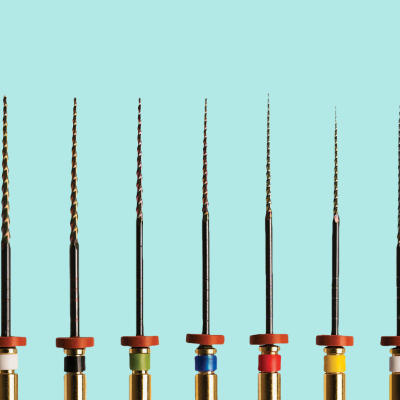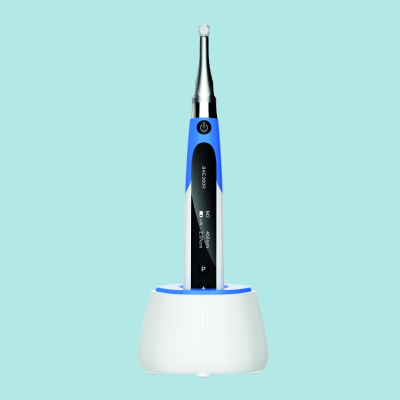While the introduction of nickel titanium (NiTi) files has unquestionably revolutionised endodontics in recent decades, one stainless steel instrument that has stood the test of time is the K file.
K files, or K type files as they are also known, remain crucial to achieving successful root canal outcomes. But not all K files are the same. Some offer advantageous properties and prices that others cannot match.
What is a K File?
A K file is a type of stainless-steel hand file that is typically used to locate canals and create a smooth glide path to the apex. In modern endodontics, they are generally used prior to rotary files. K files remain popular to dentists and endodontists because of the greater tactile feedback they provide compared to rotary instruments. Most K files adhere to the universal ISO handle colour scheme that indicates the tip size of the file and come in lengths of either 21mm, 25mm and 31mm. Below is a list of all K file sizes and their corresponding ISO handle colours.
The cutting edge (cross-section) of traditional k files up to size 40 is made up of twisted squares of stainless steel. For files size 40 and above, the cross-section is rhomboid for improved cutting efficiency.
How are K files used?
K files are commonly used in a reciprocating clockwise-counterclockwise (quarter turn) motion. This method is sometimes referred to as the watch winding technique. The purpose of the watch winding technique is to effectively debride the canal dentine. Once the file has reached working length, a push and pulling action is used around the circumference of the canal.
How many times can a K file be used?
Several studies have been carried out to determine how many times hand files can be used. Arguments for the single use of endodontic files exist as do arguments for routine reuse. However, most manufacturers advise that the stainless-steel file itself is used only once. This is primarily to avoid file separation and to reduce the risk of transmission of diseases. To anticipate fracture, it is important to carefully observe the file for signs of distortion or wear before each use.
Characteristics to look out for in K files
- ISO colour coded -To make locating the right file size easier and quicker, it is essential that files have ISO coloured coded handles.
- Firm grip - Peanut-shaped handles with textured designed are preferred for their tactile feel and positive grip. This can make negotiating canals easier.
- Sharp - Opting for only high-quality stainless-steel files from specialist dental suppliers will help ensure consistently sharp and efficiency cutting.
- Durable - The best K files are resistant to fracture and able to adapt to curved root canals.
- Silicone stops - Endo stops aid in establishing canal depth and working length of each file. This can save time for the dentist or endodontist.
- Price - Savings can be made without compromising on quality or technique if you look in the right places. For example, our own brand stainless-steel K files from Supreme Endo, DEHP and Cybertech can deliver year-round savings versus bigger name suppliers.
All own brand products come with a money-back guarantee as standard meaning if you happen to buy an own brand restorative product that you're not happy with, you can send it back to us for a full refund (no questions asked).









